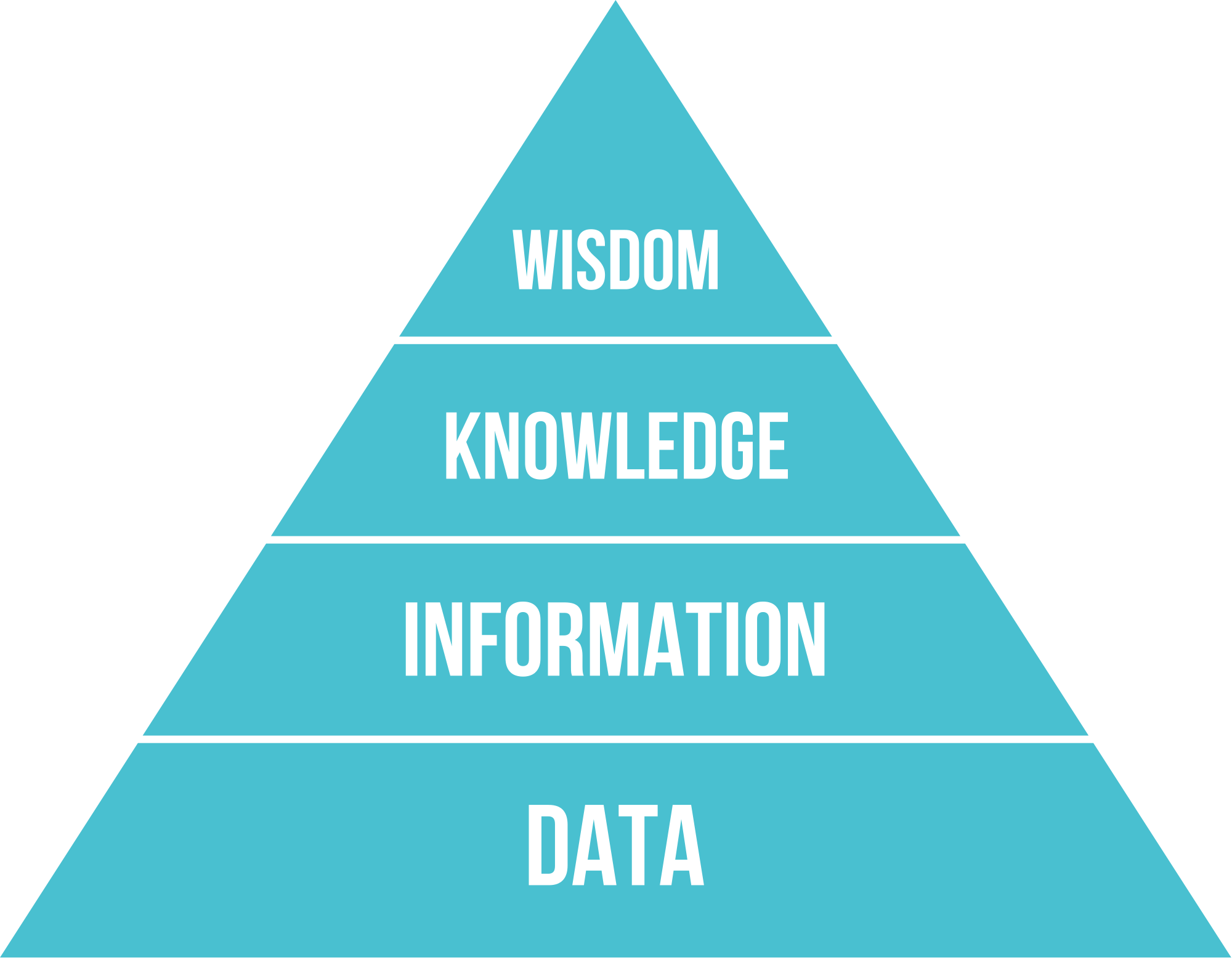
Renegade Life
In my late 20’s and early 30’s I was working my way up the corporate ladder in one of Canada’s global financial services companies. My Sr. VP at the time was an elder statesman of the financial industry, and he used to delight in introducing me to his colleagues, especially external friends, as “our corporate renegade and secret weapon”. At first I wasn’t sure I liked the renegade label, but over time I grew into it with better understanding, and embraced this as part of my personal brand. Even as one of the ‘old guard’ my SVP then, understood the value of disruption!
A few years later, I was hired on as the Canadian VP Sales for a global wire, cable, and technology infrastructure distributor based out of USA. My job as it turned out was to stop the organization’s bleeding of gobs of deficit, and to turn them around, back to profitability – something we achieved in 18 months. Unfortunately this required me to take-on the unenviable role of downsizing the 1000-person organization by ~50%, while also creating a never-before accomplished dual sales channel initiative where we both went direct to companies with our sales force as well as supporting middlemen-“integrators” who installed wiring, hubs, routers, and tech infrastructure for end users as well. The first was a “survival” restructuring in reaction to disruption of the marketplace; the second was our own proactive and innovative invention that in-turn disrupted others in our industry even further.
A few years on yet again, and I was leading a turnaround and re-design as head of one of Canada’s top Executive Development, post-secondary institutions. My CEO at that time used to tell our Board members and clients that what I was doing was like “rebuilding a 747 while flying it in mid-air”.
Today as a consultant, I work with Boards, CEO’s and executives around the globe, to help them find innovative ways to adapt their organizations and invent new strategies to deal with disruption to their clientele, marketplaces and often failing value propositions.
Recently, the term Disruption has caught the world’s imagination, and everyone from senior executives to young professionals, in almost every industry sector, is grappling with how to address disruption, or indeed cause it to happen! There are some key lessons I’ve learned from my lifetime of leading innovation, causing disruption in marketplaces and championing change, as a successful “Corporate Renegade” – that I will pass on to you!
Lesson 1 – Focus On Customer Challenges + “Push” up the Value Pyramid
Disruption is not about being personally disagreeable or simply rejecting lawful or conventional behavior.
Most important and valuable to realize… disruption follows out of people and teams that can understand their customers or assess a group of people/companies with specific challenges, conundrums or paradox – then address these with fresh insight, ideas, new concepts; and ultimately, be able to create new products or services that can improve their customer’s lives in a new and valuable way. This might involve design of new technologies, or different processes/approaches, or leverage alliance/partnership with others in unique ways. In doing so, it completely re-frames the way a diagnostic procedure identifies illness, or creates a more energy efficient vehicle, or establishes a whole new secure communication device (i.e. Blackberry) that never existed before, or redefines a business strategy & profitability, market-share, sustainability potential, etc.
By “Pushing up the Value Pyramid”, I mean finding ways to enhance the value offered to the client by adding more knowledge, skills and insights to the way you approach them.
 Transactional services are traditionally data-driven and very low value – pennies per transaction.
Transactional services are traditionally data-driven and very low value – pennies per transaction.- New product invention or service/process creation – which can save the client money, improve their use of information and knowledge to enhance productivity/quality and/or build the customer’s own capacity for innovation – especially if this is a ‘breakthrough’ which solves a longstanding problem or block has significant value.
Wisdom or Advisory provision which will enhance judgement, insight and decision-making, improve strategy and overall organizational success – provides even more, top-level value.
Lesson 2 – Learn the “Rules” – How to Play by Them and How to Break Them
I have personally found it very valuable to understand the “rules” the industry and organization plays by in the current state. Not just knowing the rules, but to understand the truthful “why’s” behind the rules. Sometimes rules are created for no real reason – other than power or politics. Often however, rules and normative expectations arise out of learning from past mistakes, for safety reasons, or to streamline complexity. Often rules have been in place for a long time and never reviewed or re-assessed, because it is easier to just follow the rules.
Once you understand the truthful reasons behind the rules, and have shown that you can actually follow rules and successfully contribute; then you are in a better position to start breaking the rules – safely – in order to create better performance without being illegal, irrational or unethical. Indeed the basis of empowerment comes from understanding how to exert judgement and take decisions or actions beyond the normal rules/expectations to advance towards the organization’s vision and critical success factors.
As you master these 1st 2 rules-stages above, then you can start to free your thinking to truly go beyond and create some breakthrough impact. However, this will surely disrupt the existing rules – so you had better be able to show why you went outside the rules and how your results/impact are worth re-thinking the established guideposts! Often what you might think is “self-evident” in this regard, is not clear to others – so build your understanding and ability to assess & enunciate the trade-offs & impact-benefit in advance of acting!
Lesson 3 – It’s about Patterns – Learn to See, Understand, & Ultimately Create New Patterns
Look around you, what do you see. Can you describe why things are the way they are? Patterns exist at several levels:
- 1st level patterns – why are things organized the way they are – the logic structure behind staus-quo.
- 2nd level patterns – what are the cause and effect relationship-patterns between people, between departments, between procedures and processes used in the organization?
- 3rd level patterns – systems thinking – understanding the interdependencies between multiple facets and how changing one aspect may impact multiple other connected aspects. Some things may be “connected” but some others are causal or dependent – driving significant shifts or changes.
- 4th level patterns – systems of systems (“networks”) and the dynamics between these various systems – how does changing the output of one system at a particular order of magnitude (10x vs. 100x vs. 1000x) impact the depletion or ramping-up of another system that is connected – and what is the order of magnitude of this impact? Where is the “flow” of the network headed? What ‘shifts’ are occurring?
As you build your ability to see and understand Systems interdependencies and Network dynamics, then you can develop your ability to responsibly disrupt them with intentionality and innovative net benefit.
When I was at university, one of my summer and part-time passions was as an instructor trainer for swimming, lifeguards and emergency rescue personnel. In training of lifeguards we investigated why some (few) lifeguards always seemed to be able to intervene and prevent accidents from happening; while most other lifeguards were only able to respond after the fact. We started to use our findings by training lifeguards to scan for and identify unusual patterns. A bathing suit that hadn’t been worn for many years, or “silence” amid background noise. (We found that just before a person starts to drown, they go silent as they realize the trouble they are in, then they start to thrash about!)
Applied into business and other organizations, how you scan for patterns is hugely important. Can you recognize the “flow” of an industry sector and thereby see some previously unidentified opportunities or problems that can be solved from a fresh perspective? What “shifts” in consumer expectations can you notice; or breakthrough scientific understanding of how brains work or chemical properties of new alloy mixes can help you rethink completely how to approach a common paradox in current practice? Where is the quiet zone?
Indeed as you can see all these patterns and flows and discontinuities and orders of magnitude impacts, you can skillfully create new patterns!

My brother is a jazz musician in NYC. As my son was growing up he took to playing the saxophone, and getting into jazz wanted to become capable of doing improv-solos. My brother’s best advice ever, was to procure a book of standard playing patterns – scales, common runs, fingering training, and so on. Mastering these standard patterns then gave my son the confidence and “freedom” to blend them together into new patterns that fit the background patterns of the music in the main tune – and voila, a successful improv-solo.
In Malcolm Gladwell’s book Outliers, he famously identified the 10,000 hours of practice rule – to achieve “mastery” in a field. While we can debate this, one can recognize that with all that practice, the mastery comes from learning patterns! What’s the difference between chess masters and amateur champions? The amateur champions wait for their opponent to move their chess piece; then, they think through the multiple moves they might make and the multiple reactions their opponent might counter with – impressive systems thinking for sure! Chess “masters” on the other hand, have played so many games and studied so many games of other chess master matches, that they have built a huge pattern base. When masters are playing a match, once they recognize a particular pattern, they ‘know’ the 5 moves required to win from that point!
As a strategic planning facilitator to hundreds of companies, NFP’s, government departments, working in Asia, Australia, Europe and across North America I have worked on thousands of strategic patterns, initiative considerations, formulations and restructurings. This allows me to ask penetrating questions and float ideas from a combination of these patters adapted to the unique challenges of each client, and helping them accomplish breakthrough strategy.
Disruption is an end-result of working successfully with patterns and the ability to create completely new patterns to solve tough challenges. Disruption is not the intent – it is the outcome! Sometimes you unleash it, sometimes you are reacting to someone else who shifts the playing field, and you are challenged to respond. Clearly it is better for your organization to be the ones innovating and creating disruption rather than reacting.
Lesson 4 – Build a Track Record of Creating Good Stuff and Delivering Impact Yourself
Once you accept that disruption is the outcome not the starting point, then you will realize you must build your own capability and experience in proving you can do the hard work required to create new things and get them successfully into usage – generating increased or new value in the process.
Start small perhaps, and show you can reliably deliver the status quo. This way your colleagues/’boss’ will give you more “license” to try-out that crazy idea, or support when you inevitably fail several times before you nail the really BIG innovation. Build your ‘pattern library’ of success, but also understand the patterns behind failure.
This may sound obvious, but I have seen so many people try to change or invent something right out of the gate with no track record of success. They inevitably fail, but they also fail to get the 2nd or 3rd or 17th chance because they are not respected for showing they can deliver the fundamentals.
Lesson 5 – 3 or 5 or 9 Heads are always better than 1!
The best new inventions usually come from a sharing and exchange of ideas with other mavericks, highly capable explorers, and people with different perspectives.
In the first consulting firm that I led, we created a “rule” – no proposal could go off to a client until at least 3 senior consultants had sat together in a special room we created, to walkthrough the lead-consultant’s draft client proposal. Every time we did this, the final proposal was better, more compelling and usually with more billable components than the original draft. PLUS, it was better executed and provided more impact/value to the client.
If you are leading a process of reinvention, fresh innovation and/or paradox-bashing, then surround yourself and engage other smart, creative, and competent people to help you.
Step-up your own abilities to facilitate, engage, actively listen, ‘play’ with their ideas with some humility, integrate their suggestions and show/recognize their contribution. Also, build supporters and champions – other senior executives, clients, recognized experts, etc. A great new idea turning into a disruptive product or service will face confrontation, resistance, and/or a downright ‘fight’, before it gets into finished state and adoption. The more you can engage others, the more they will support your final result. And you will need support as you take it to market!
Lesson 6 – To Scale-up – Build a Team of “Believers”
Once you have created your new and ‘disrupting’ product or service, you will need to grow your capacity to meet demand. The skills to scale-up a workforce and manufacturing or service capacity to meet fast growth demand and then sustain it, is a completely different skill set from the ones needed to identify opportunity and/or the innovation process. Often, this is the phase that is the undoing of an otherwise great new thing.
You (or small group of partners that developed the original ‘new thing’) can’t be everywhere and involved in everything – though it is worth the effort to try. No, you will need to build a team, and surround yourself with talents and skill sets that compliment your own – or just add more capacity than you have personally. As you do this, however, these people – your “lieutenants” MUST have the same passion for your new product as you do. They must become true believers; they must “get it”; and they must be able to imbue this enthusiasm in others.
Your first-line of direct reports will need to accept delegation (actually more like empowerment); and they will need to empower another next line of workers. You must focus on the values and disciplines that support the new breakthrough product and all the elements around it. You now transition yourself into the motivator-come- evangelist to the rest of the organization. Steve Jobs, Arianna Huffington, Elon Musk – these are examples of disrupters who then also successfully created a team of “believers” around them. Call it “culture” or values, or dynamic leadership or whatever works for you; but as you grow to scale, you have to ensure that others around you can take ownership for the new product and do their part to lead its success and growth in delivery to the many customers. You must reliably “deliver” on the promise of the new product over and over again, in expanding geographic and multiple channels of distribution.
Almost anathema to the original disruption, this eventually becomes the new “status quo”, and it must be able to sustainably grow, adapt to suggestions for improvement and adaptation to use, etc. Of course, this also creates a breeding ground for the next disruption!
Lesson 7 – Be Prepared for Haters
It is so much easier to criticize and resist something new, than do all the above and bring an ultimately disruptive high-value product/service to sustainable success. Some will just hate/envy your success!
Of course, your new innovation will also threaten those clinging to the old status quo.
Change is hard for many people; it is something that threatens their existing value proposition, and well, it threatens them personally. So, expect to be challenged, resisted and actively hated! Toughen up your own self, build a thicker skin, but also try to remain sensitive to clients’ needs, challenges, etc. which is what helped you to breakthrough in the first place. And also, not everyone likes new things due to different preferences and values.
It took me a couple of such bruising experiences to realize this was a natural condition of disruption and innovation. (Really learn from Lesson 5 above!)
Eventually, as I was joining yet another organization with the expectation for me to shake things up; I ensured the Board and/or CEO understood that criticism and resistance was going to be part of the process – and I secured their commitment to support me through that phase before I even signed my contract.
In Pursuit of Value Improvement – Disruption is a Natural Outcome
With everyone talking about “disruption” today; one might think there’s something new happening around us. Well, it has been ever thus.
When men and women strive to create something better, serve unfulfilled needs, or seek to make a difference in the world, disruption will occur. And thank goodness for this drive. It’s what makes us as humans and our various creations fun, interesting and worthwhile. So, go out there; advance those great ideas of yours; and make a new difference in the world!
--
About the Author
Doug Macnamara is the President & CEO of Banff Executive Leadership Inc., which offers strategic thinking/planning facilitation around the world, plus public and customized programming to improve Board Governance and Executive Leadership Practices. They also provide coaching and consulting services to Boards and Executives to help enhance their leadership practices. For more information, visit their website - http://www.banffexeclead.com/
A version of this blog was first published here - http://www.banffexeclead.com/Newsletter04/newsletter.html
--
Interested in learning more about how to be disruptive? Join us in Toronto for the 2016 Management Consulting Week.
#ChangeManagement #CertifiedManagementConsultant



